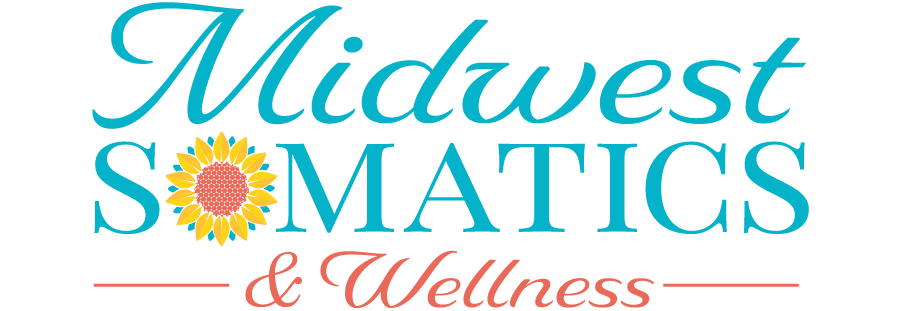Frequently Asked Questions
I recommend practicing the exercises for 20-30 minutes per day. The results are cumulative, so you’ll experience the most benefits from the exercises if you practice them every day. Your muscles will continue to release, your posture and movement will continue to improve, and you’ll continue to feel better and better in your body.
About 20 minutes per day will allow you to keep up with the pace of your specialized program. But it is absolutely fine if you are not able to practice every day; as long as you continue regularly and continue with the lessons to bring you full relief.
Some people practice the exercises in the morning before going to work and then in the evening before bedtime, which is absolutely fine. You can also choose to practice for longer than 30 minutes, however, there is no benefit to doing more in order to speed up the process. The nervous system and the tissues of the body change gradually. You should pay attention to how your body feels, and do what feels best for your body each day.
The program I create for you will be based on our initial consultation. I have created programs specific to common issues, such as back issues, but every body is different with different history, so you might have back issues, but it has effected your shoulders enough to be experiencing more intense pain, so I will addresses any immediate concerns as well as addressing your chronic back issue.
There are additional programs/lessons that I can teach you once the initial program is completed as a prerequisite to addressing other issues.
If you have idiopathic scoliosis and that is your only concern, I will teach you the Back program with a specific emphasis on scoliosis. This course includes the 27 exercises that most directly alleviate idiopathic scoliosis. The 13 exercises not included in the Scoliosis Course mainly work with the extremities: legs, feet, arms, hands, face, and jaw.
I have also created basic programs with all the movements taught in 3 levels. These levels address musculoskeletal conditions that arise in the core of the body and include: chronic muscle tension, back pain, disc problems, joint pain, kyphosis, lordosis, scoliosis, sciatica, iliopsoas syndrome, osteoarthritis, uneven leg length, and more. Many people choose this when they don’t know where to start.
If you are not able to comfortably get down to the floor or lie on the floor, I recommend starting with the Chair Exercises program. It contains the same basic exercises but can all be done in a chair.
I am so excited that you are interested in online courses!
I think it’s an excellent way to learn the somatic movements. At this time I am focusing on in-person and virtual lessons to provide the personal discussions that are so valuable in progressing with somatic movements.
Within time, I will be incorporating online courses with some virtual. Stay tuned!
Clinical Somatics exercises release chronic muscular contraction and restore natural posture and movement. In doing so, they alleviate a range of functional musculoskeletal conditions—conditions caused by the way we habitually use our bodies.
You can see a list of conditions that Clinical Somatics helps on the Chronic Conditions page. I will also be adding articles on my blog page so check back often to see if I’ve written about your condition.
If you’re still unsure whether or not Clinical Somatics can help you, please email me at: [email protected]
There are endless benefits to physical exercise, and you should keep up with regular physical activity—unless it is making your pain worse.
If you find that exercise makes your pain worse, take a break from that particular workout. If you can’t exercise at all because everything seems to make your pain worse, then take a break from working out until your pain is reduced or eliminated. You won’t make progress with Clinical Somatics exercises if your regular workouts are keeping you in pain.
If you feel that your regular workout is keeping you stuck in habitual posture and movement patterns, try something new! It can be difficult to make progress with Clinical Somatics exercises if you keep reinforcing old muscular patterns with your regular workout routine. So, mix up your workouts and try new activities that make you move your body in new ways.
The truth is that everyone’s patterns of muscular tension and pain are so unique that there is no way for me or anyone else to accurately predict a time frame for your learning and healing process. Some people experience significant benefits within the first few days or weeks of practicing the exercises, while for others it takes longer. There are many factors that affect your progress, including: your current level of pain and/or muscle tension, your stress level, your regular daily activities, any physical activities you engage in, and any structural issues you have (such as joint or nerve damage). We can discuss how to approach your learning and healing process further in your initial consultation.
